Wessex Masters Hockey

June 3: Pride, Presidential Wrap-up, and Policing
June 3 brought quiet but powerful shifts in Pride, presidential policy, and policing. What happened that day reveals how communities are rebuilding safety from the ground up - not through force, but through connection.

Dubai Escort Girl - The Presence of Russian Women in Dubai: A Sociocultural Look
A candid look at why Russian women are among the most visible foreign companions in Dubai, exploring the economic, legal, and human realities behind the surface of escort services in the city.
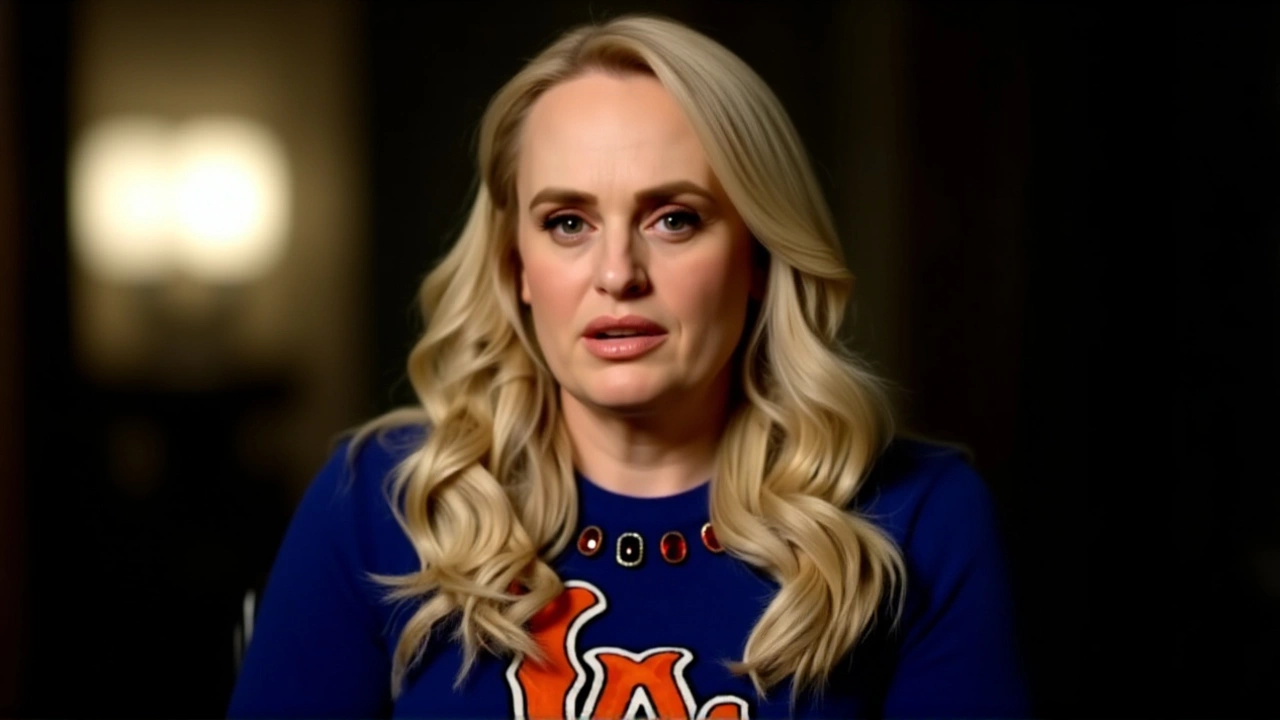
Rebel Wilson countersues producers over The Deb harassment claims and festival blockade
Rebel Wilson countersued producers of The Meg over sexual harassment claims and alleged fund theft tied to her film The Deb, after they blocked its TIFF premiere and sued her for speaking out—sparking a high-stakes battle over accountability in Hollywood.
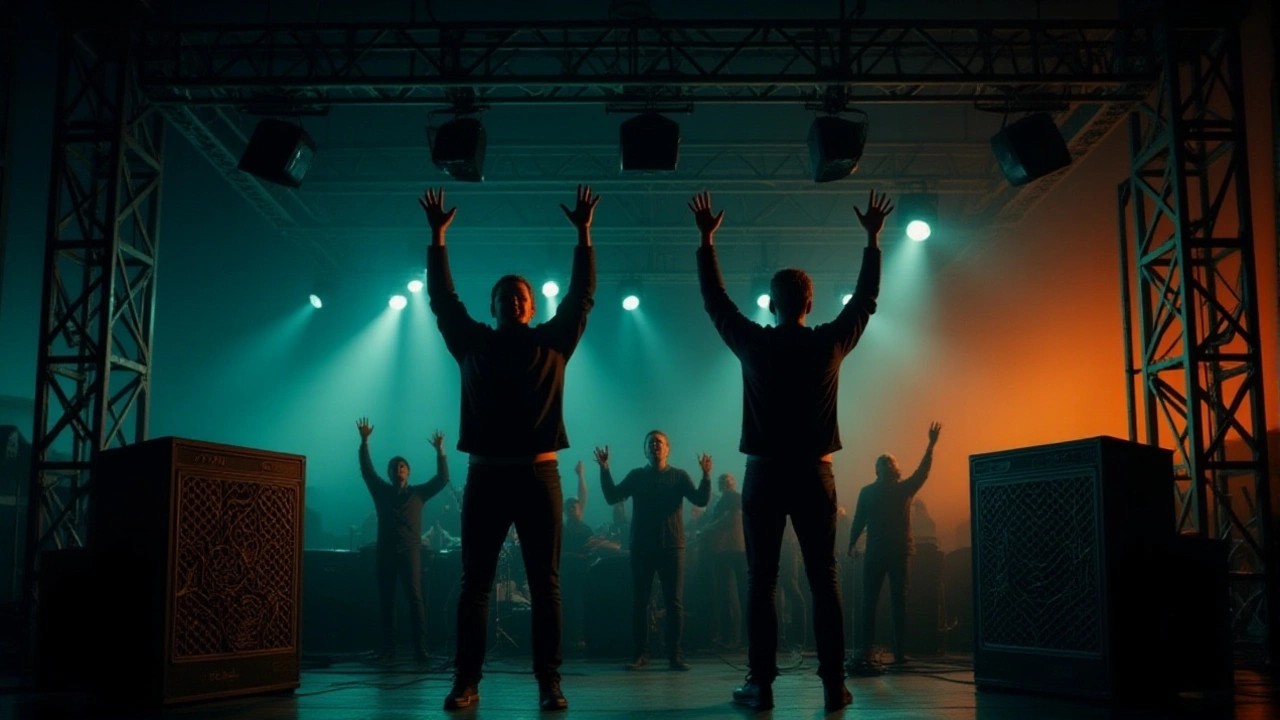
Anaïs Gallagher Defends Young Female Fans as Oasis Concludes Historic Live '25 Tour in São Paulo
Oasis concluded their historic Live '25 Tour in São Paulo, sparking cultural debate over fandom authenticity—until Anaïs Gallagher defended young female fans with a viral TikTok statement against ageism and sexism.
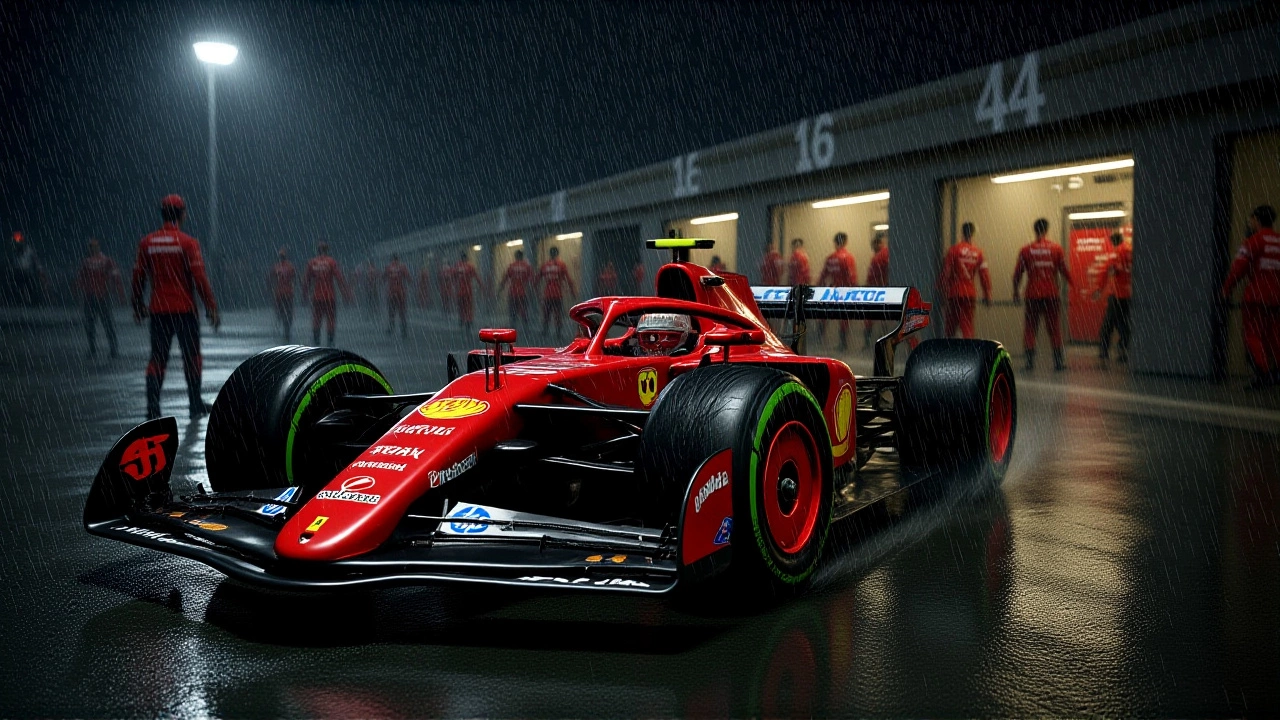
Norris Beats Verstappen in Wild Vegas Wet Qualifying, But Disqualification Shatters Title Hopes
Lando Norris took pole in wild wet Vegas qualifying, but McLaren's disqualification after the race erased his win and shattered his title hopes, leaving Max Verstappen in control with one race left.
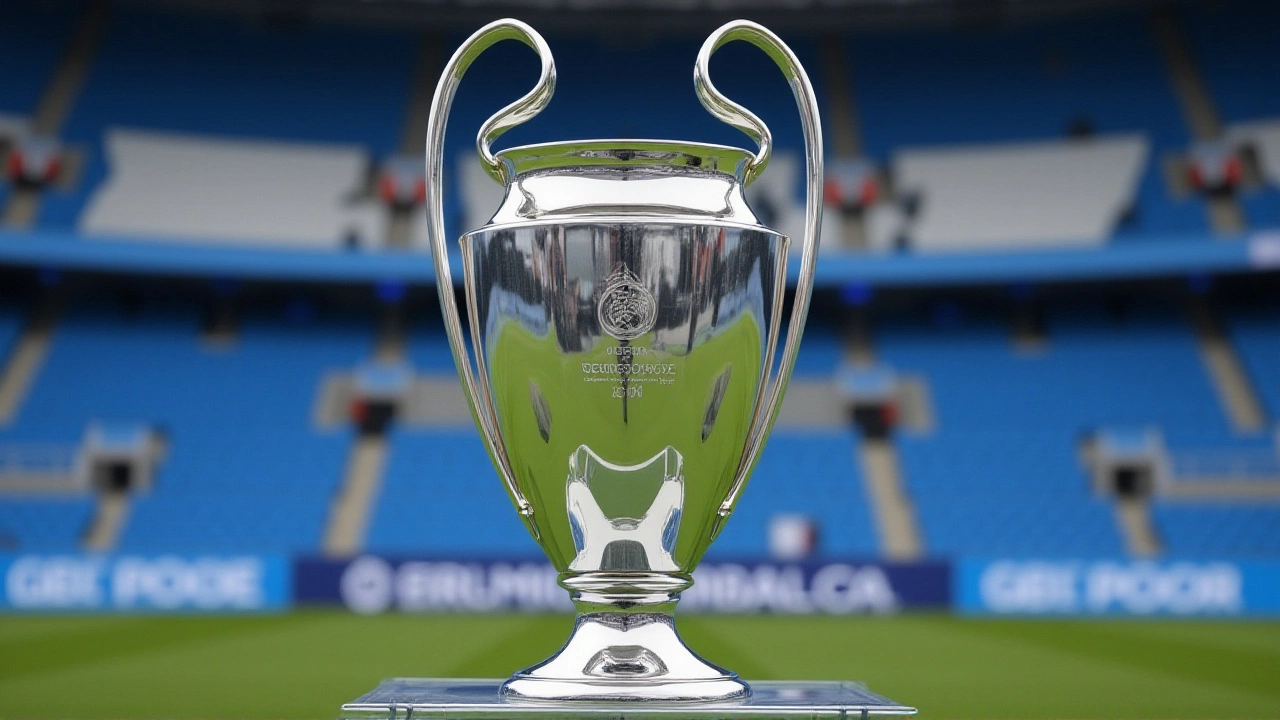
2025/26 Champions League: Arsenal, Real Madrid, and Manchester City Clash in Historic League Phase
The 2025/26 UEFA Champions League league phase began with Arsenal, Real Madrid, and Manchester City clashing in high-stakes fixtures, as the new 36-team format reshapes European football. Final set for 30 May 2026 at Puskás Aréna in Budapest.
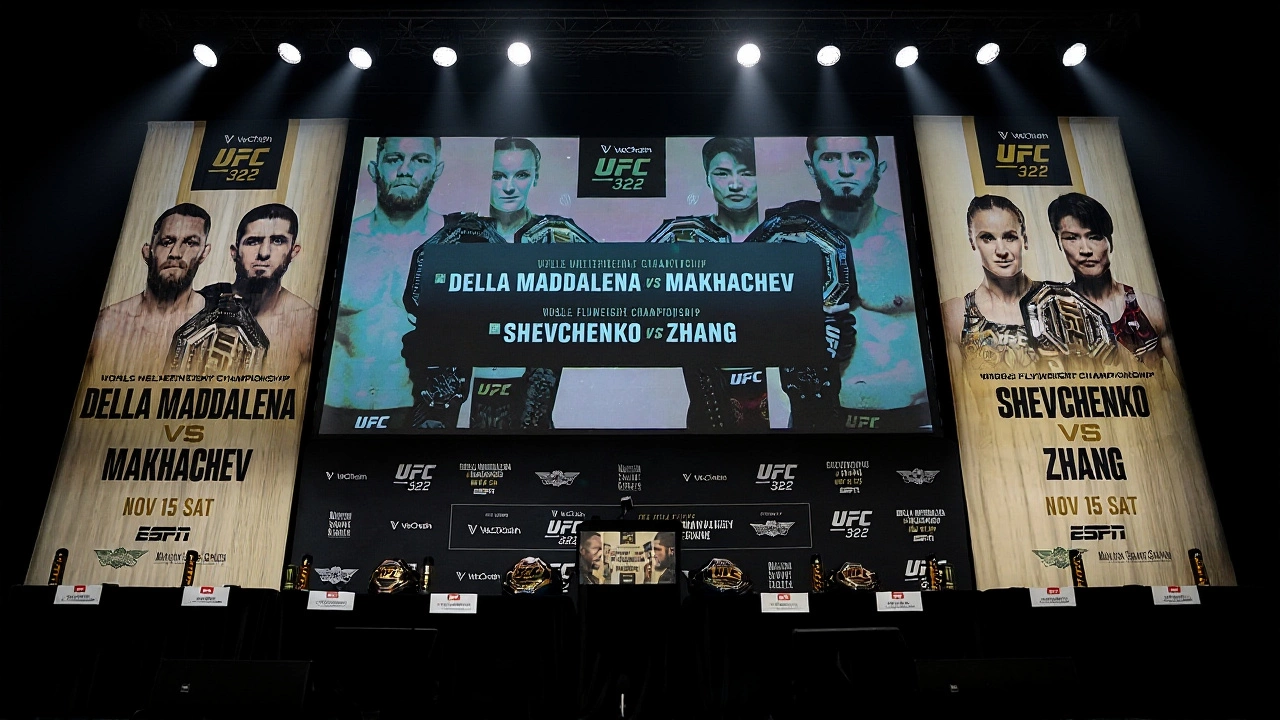
UFC and IBM Launch Real-Time AI Insights at UFC 322 in Madison Square Garden
UFC and IBM launched real-time AI insights at UFC 322 in Madison Square Garden, using 13.2 million data points to deliver live fight stats. The system cuts insight generation time by 40% and nearly triples output, transforming how fans experience combat sports.
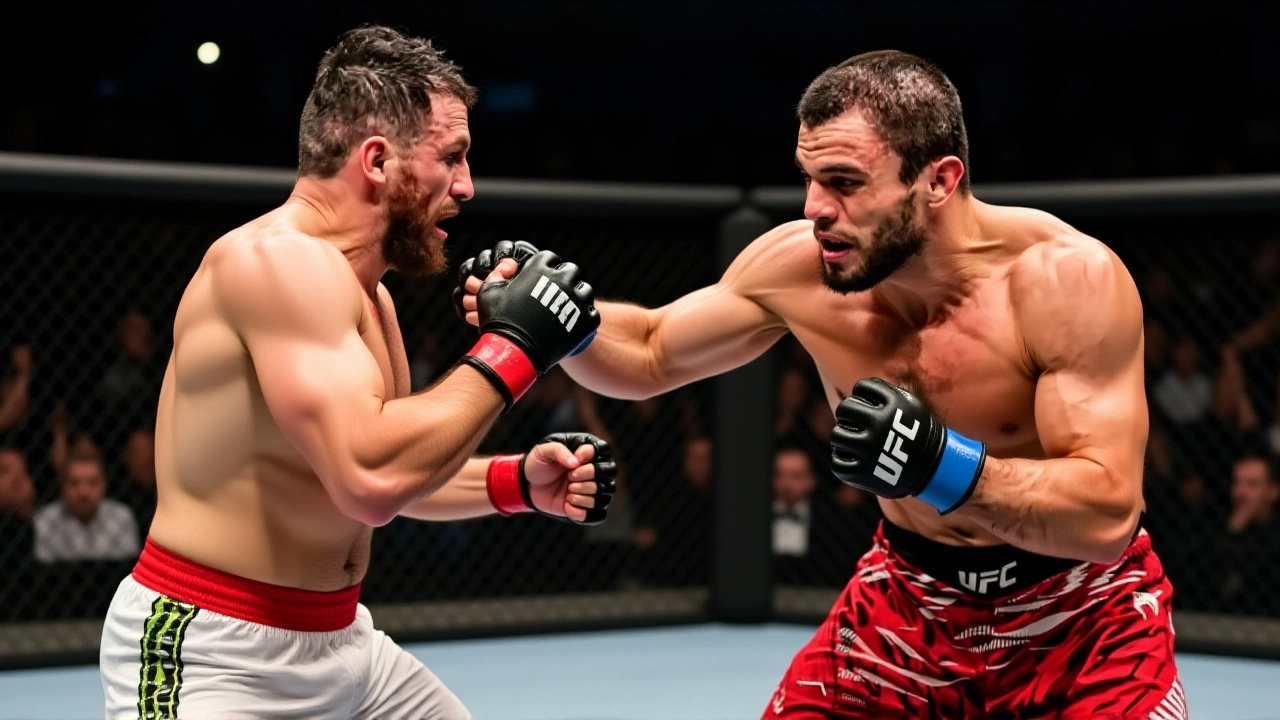
Umar Nurmagomedov Seeks Bantamweight Redemption at UFC 321, Abu Dhabi
Umar Nurmagomedov aims to bounce back at UFC 321 in Abu Dhabi, seeking a bantamweight title shot after his loss to Merab Dvalishvili, with family legacy adding extra pressure.
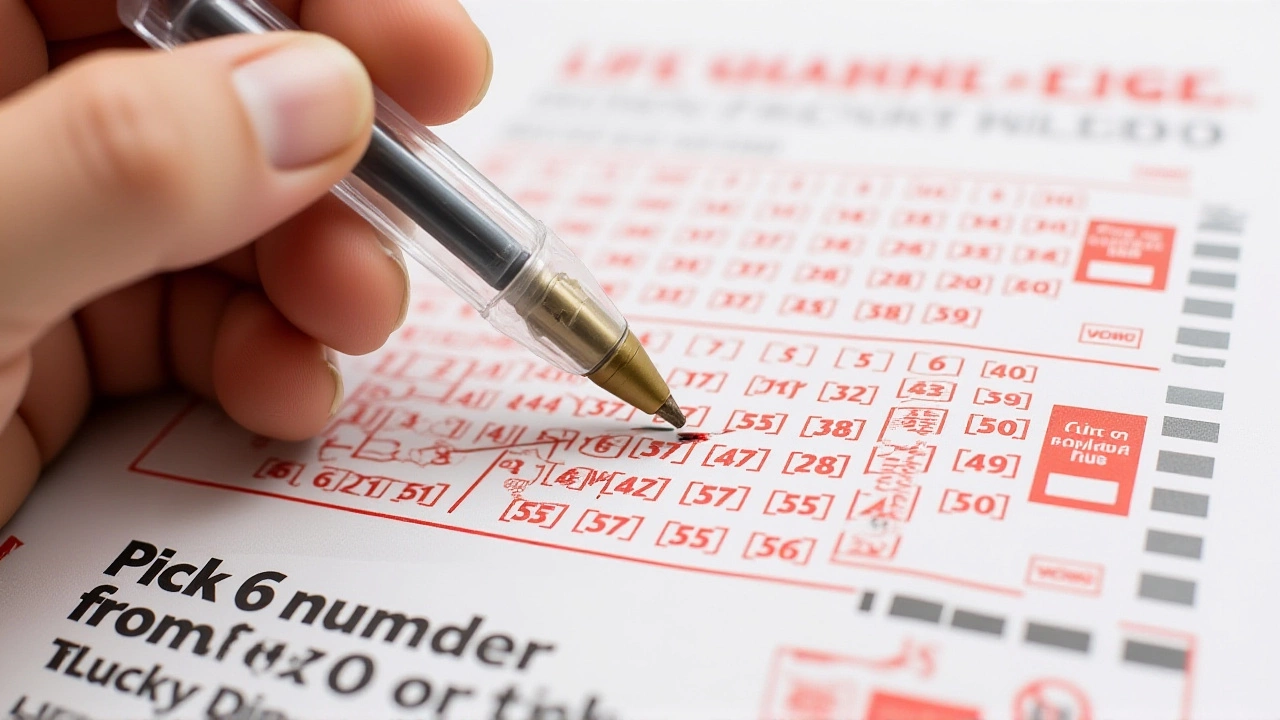
£3.8 m Lotto Jackpot Rolls Over – Winning Numbers Revealed
The £3.8 million National Lottery Lotto jackpot rolled over on Oct 11, 2025, with numbers 11, 17, 25, 31, 51, 54 (Bonus 53) and over a million smaller prizes awarded.
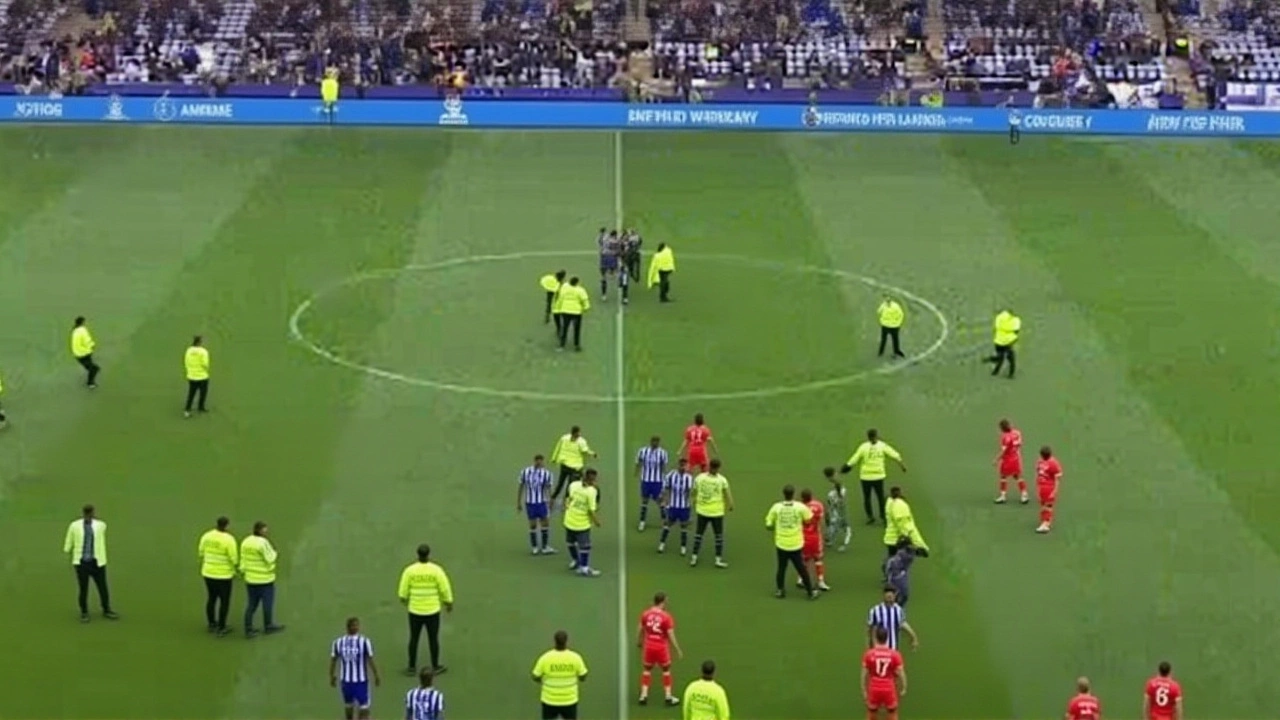
Sheffield Wednesday pitch invasion, fans demand Chansiri’s exit
Sheffield Wednesday fans invaded the pitch at Hillsborough on Oct 4, 2025, demanding owner Dejphon Chansiri quit as the club faces financial sanctions and a 5‑0 loss to Coventry.